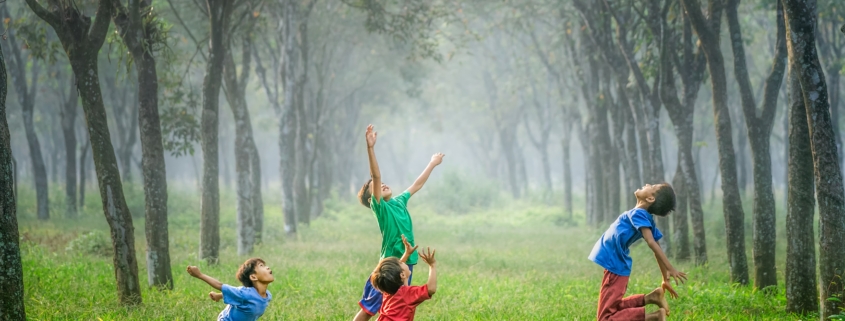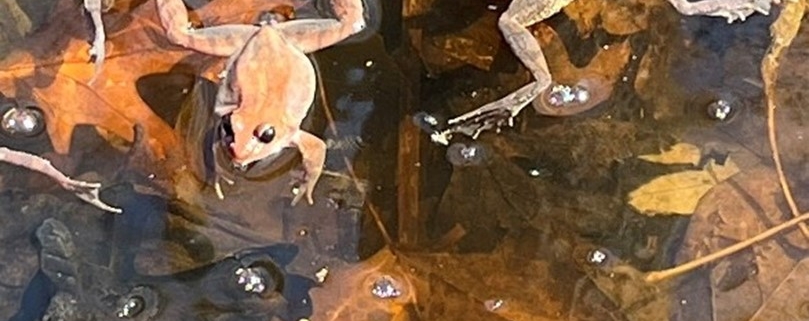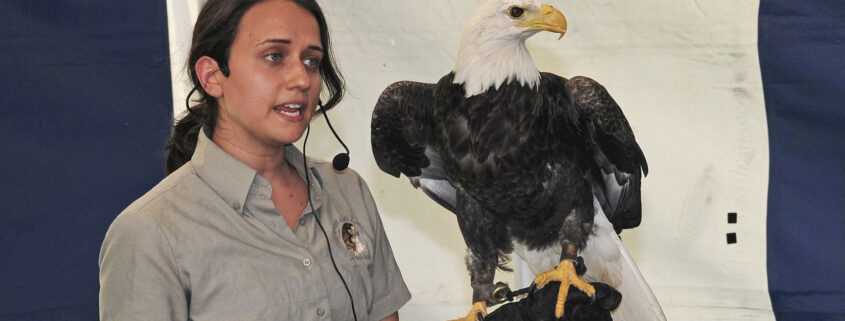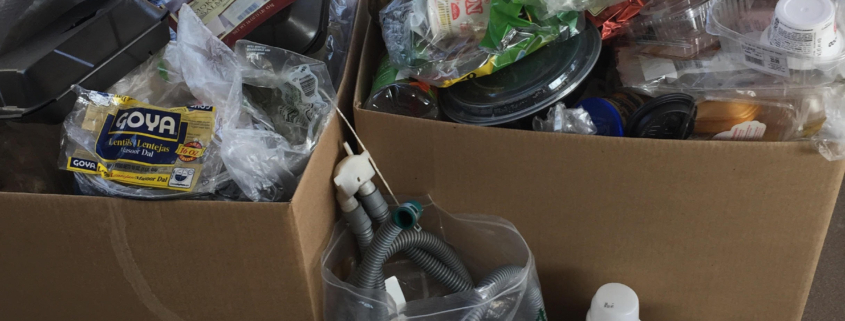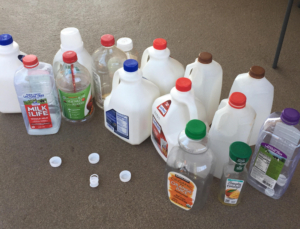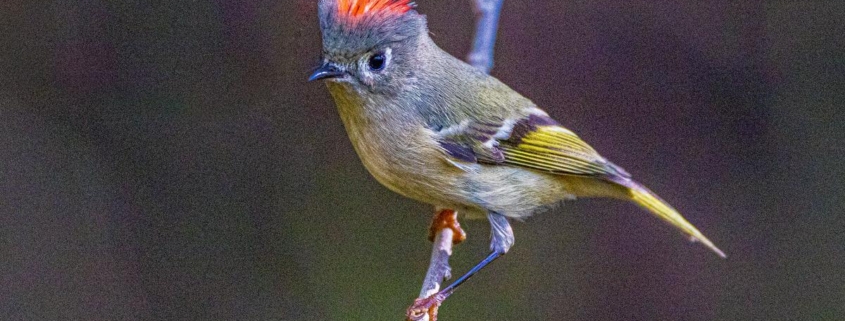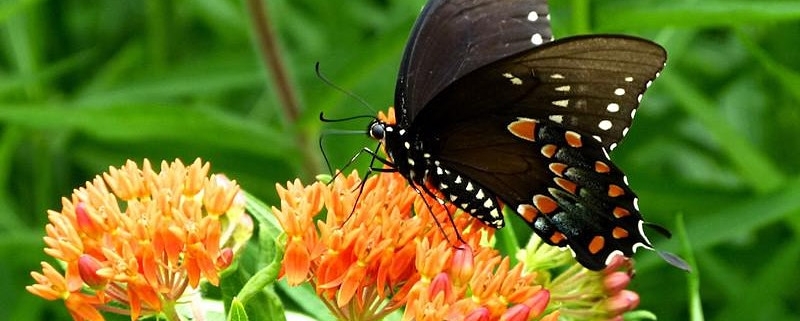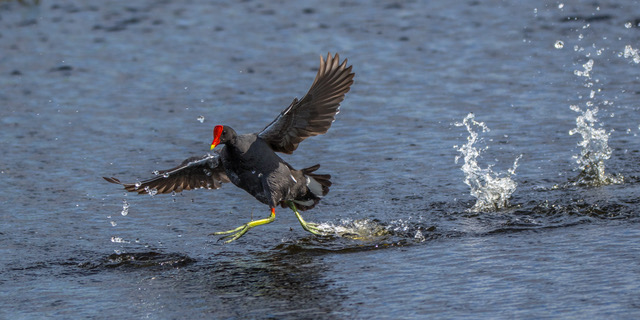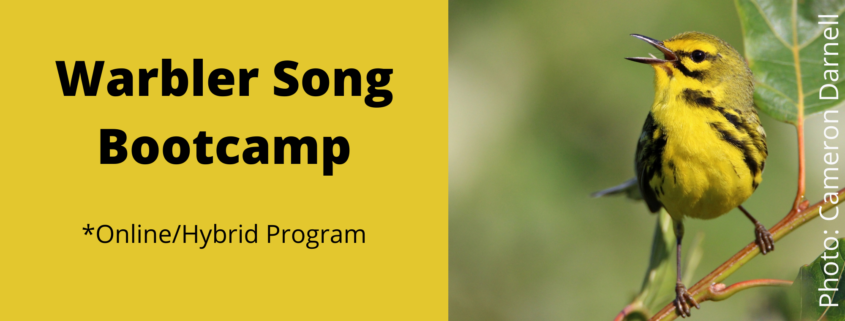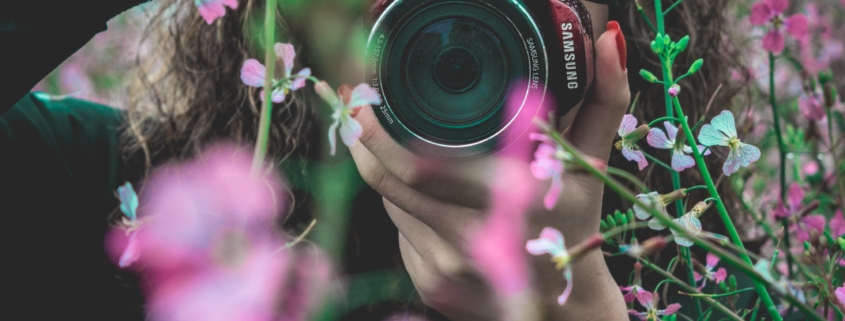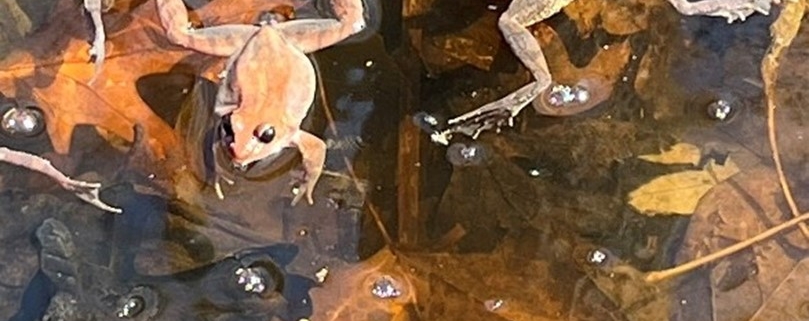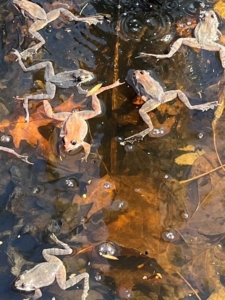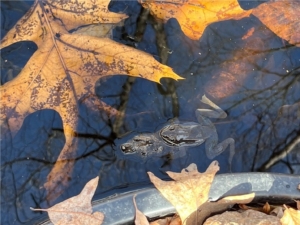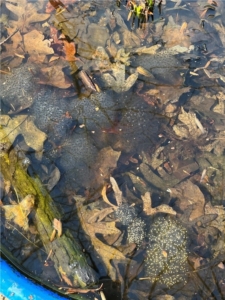Spring Volunteer Opportunities with the FCPA
Photo: Robert Collins on Unsplash
The Fairfax County Park Authority has dynamic public programs that need volunteers. Here is a sample of spring opportunities at Hidden Oaks and for International Dark Sky Awareness Week. A more complete list is here. For other opportunities tailored to your interests, talk to the Volunteer Coordinator at your favorite Fairfax County park.
Hidden Oaks Nature Center
7701 Royce St., Annandale, VA
Contact: Suzanne Holland, Suzanne.holland@fairfaxcounty.gov
Sat. April 23 Culmore Community Day from 10-2
at Woodrow Wilson Library, Knollwood Dr., Falls Church, VA
Two opportunities include assisting showing native wildlife to visitors. This will be inside the library and helping children release live native ladybugs outside the side door directly from our nature display room. The other is to assist with surveying attendees as to their thoughts and behaviors regarding county parks with a goal of increasing equitable park opportunities.
Sat. April 23 : Annandale Greenway Earth Day Cleanup from 11:30-12:30at 7200 Columbia Pike, Annandale, VA
Assist FMN Marilyn Schroeder in presenting as well as representing for Hidden Oaks at the kickoff presentation for a clean-up between Green Spring Gardens and Annandale Community Park.
Sun. May 15 from 12:30-4:15 (multiple sessions) DinoFest
Need 3 volunteers . Low key program with need to assist preschool age kids with activity at separate stations outside in Nature Playce. Mostly sedentary.
International Dark Sky Awareness Week
Multiple locations
Contact Tammy Schwab, Tammy.schwab@fairfaxcounty.gov
Fairfax County Parks will be celebrating International Dark Sky Awareness Week April 22-30th. FCPA will be having events needing volunteers on April 22 and 23 and also the 29th.
(FMNs record hours as E110: FCPA Nature Programs. In the Description, include the name of the park and the name of the program. In Direct Contacts, write the number of people you spoke to or who attended the program.)


